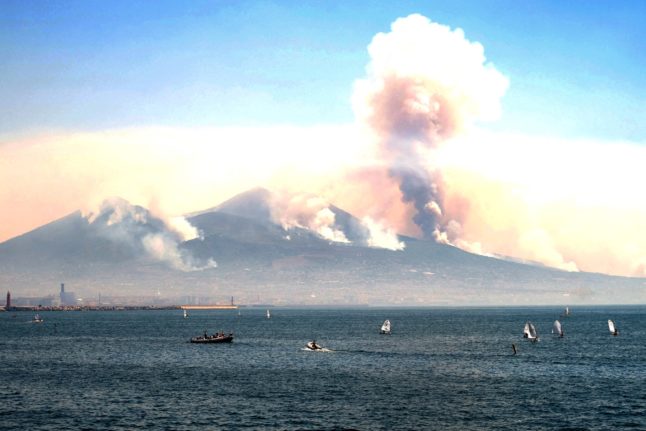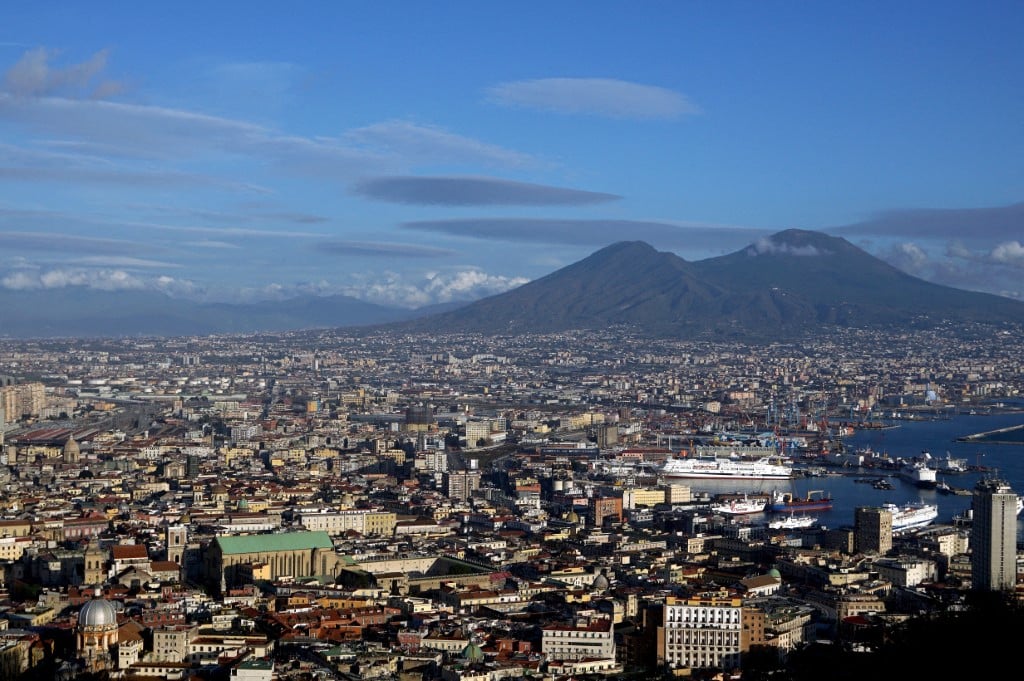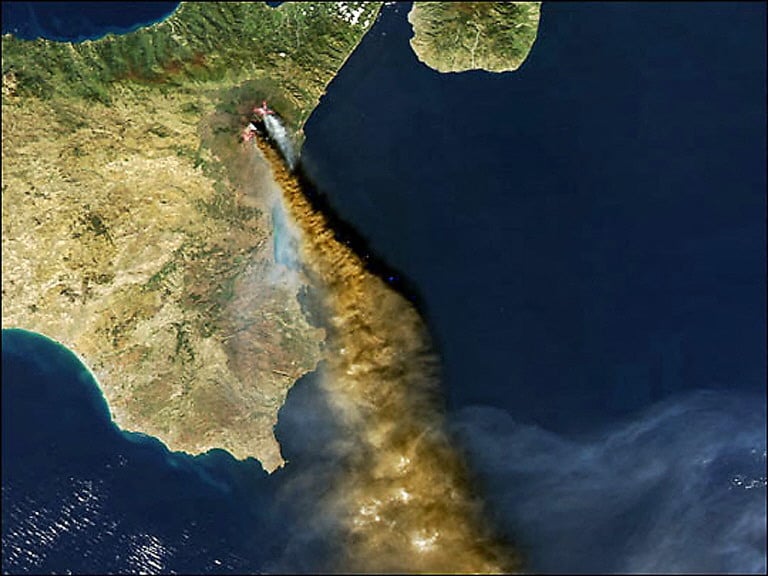The 6.3-magnitude earthquake struck at 3.32 am on April 6th 2009, after months of tremors across the rugged Abruzzo region in central Italy. Houses collapsed throughout L’Aquila’s historic city centre, killing 309 people.
The judge in a civil suit for millions of euros in damages, presented by relatives of 24 people who died in one of the buildings, the judge said that the victims had gone back to bed despite two tremors earlier in the night.
READ ALSO: Which areas of Italy have the highest risk of earthquakes?
That “rash behaviour” made them “30 percent responsible” for their deaths, she said, according to Italian newspaper Il Messaggero.
Maria Grazia Piccinini, a lawyer and mother of Ilaria Rambaldi, a 25-year-old student who died in the earthquake, said that Tuesday’s ruling was “absurd” considering that experts had played down fears of a killer quake in the previous weeks.

“My daughter was reassured, just like everyone else,” Piccinini told the Corriere della Sera daily, adding that they would be appealing the ruling.
There were angry reactions to the ruling from Italian social media users and media commentators, with many describing the judge’s statement as “victim blaming”.
Seven members of Italy’s Major Risks Prevention Commission were initially convicted over advice given to residents before the disaster, though all but one of those would later be overturned.
The quake, which reduced L’Aquila’s elegant medieval, Renaissance and Baroque squares and buildings to rubble, left 1,600 people injured and at least 80,000 people homeless.






 Please whitelist us to continue reading.
Please whitelist us to continue reading.
Member comments